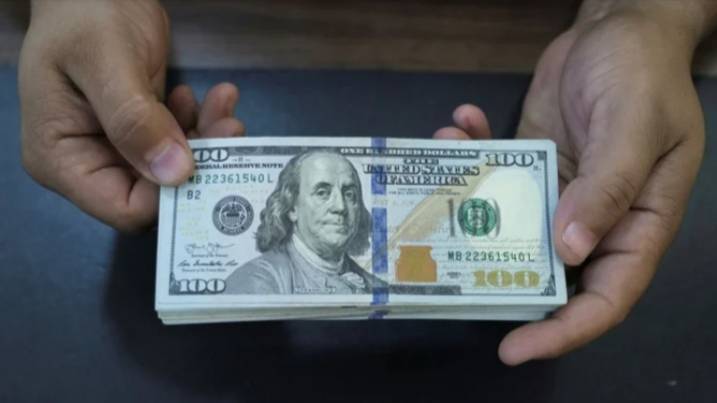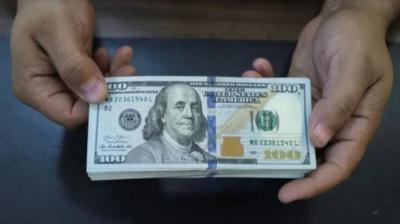The exchange rate of the dollar in the black market continues to rise uncontrollably, while officials in Lebanon persist in ignoring people's concerns. They remain preoccupied with issues that do not extend beyond their positions and hold onto power without making any effort to address the economic, monetary, and social crises that Lebanon and its people are suffering from. One of the most pressing concerns for citizens is the rise of the dollar exchange rate to unprecedented levels, exceeding 50,000 Lebanese pounds, which in turn reflects in the rising prices of all goods, especially fuel.
Officials are incapable of anything: incapable of electing a president, incapable of enacting reforms, and incapable of doing anything beneficial for Lebanon and its people. How long will this madness continue, and how long will the collapse of the Lebanese pound persist in light of the state's incapacity? The most we can expect to curb the dollar exchange rate are directives from the Banque du Liban, which no longer seem to be effective as they once were.
In this context, financial markets expert Dr. Fadi Ghosn pointed out in an interview that the dollar exchange rate in the black market has returned to its highest levels again, exceeding 50,000 for the first time after an attempt to approach this level last week, which was thwarted by reports of a meeting of the Central Council of Banque du Liban that was expected to issue decisions leading to a reduction in the exchange rate in the black market close to the Sayrafa platform.
He noted that no decisions had been issued by the central bank in this regard and mentioned that the media reports had led to a temporary decline in the exchange rate, alleviating the collapse of the pound in recent days. However, we have recently witnessed a rise in the dollar exchange rate after the central bank halted the Sayrafa platform for institutions, and some banks took long periods to deliver dollars on the Sayrafa platform, extending up to two weeks or more. This lessens the effectiveness of the platform, even though the amount allowed for individuals has been opened up to a maximum of 100 million pounds.
Ghosn believes that the most important decision the Banque du Liban should make to reduce the dollar exchange rate is to shorten the waiting period to obtain dollars so that it becomes like it was before—either immediately after the transaction or within a day or two at most. Anyone wanting to benefit from the directive will fear a new decision that could force them to return their money in Lebanese pounds instead of dollars, compelling them to exchange it for dollars in the rising black market, indicating that this fear dampens citizens' enthusiasm to go to banks to exchange their pounds for dollars through the Sayrafa platform.
Ghosn suggested that the current trend in the exchange rate is likely to continue to rise unless urgent measures are taken, such as shortening the waiting period to obtain dollars through the Sayrafa platform and the 161 directive, as these are the main tools currently used by the authorities to attempt to maintain the exchange rate.




